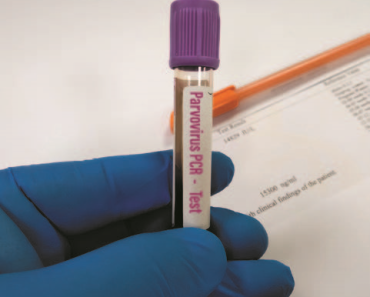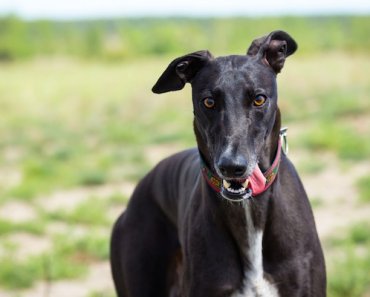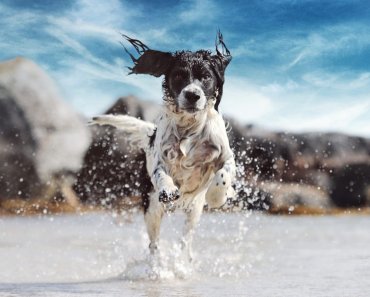Horses, like any other grazing animal, do get subjected to all kinds of dangers while out in the pasture. If and when they sense any discomforts, they will usually shy away from feeding well or even abandon their pastures altogether. You do not want any of these to happen to your horse, do you?
To be on the safe side, you have to implement and abide by some tips to help you out. We have sampled some of the top tips you may consider to utilize to maintain your horse in a state of absolute safety while out in the open pasture. Please check ThepetsTutor for more tips for your horse.
Tip I: Separate horse while feeding
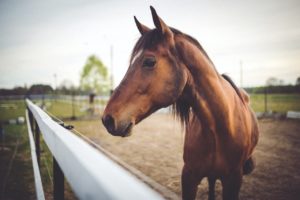
Horses, while feeding, often tend to argue and jostle among one another. To prevent this from happening, you have to see to it that you separate the two of them from each other. Place each horse in its own feeding stable and cordon it off singlehandedly.
Maintain some keen eye of attention on them as they feed. Do not hesitate to separate any quarrels. If possible, supply each one its own food at a place that is separate and distinct from the other one. This separation is also vital in responding to allergies and special food needs.
Tip II: Pay some attention to the feet
The feet of the horses are the engines on which they run. As such, the least you might want for them is to hurt their feet or subject the same to some unwanted dangers. To forestall this, you have to shield the same from the adverse external weather elements.
These include ice, excess precipitation, mud, and snow. Do place a reinforcement on the feet of the horse. Plastic is the material that is mostly recommended for the job as it is highly resistant to water and mud damages.
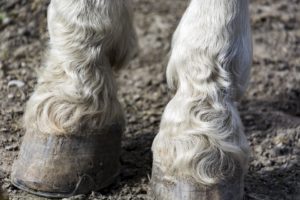
Tip III: Fence the pasture appropriately
You should at all times maintain a fence around the pasture area. The purpose of this fence is to maintain your horse in a complete state of safety and seclusion. Horses are sensitive to any insecurity and fear. They also tend to lose appetite in the process.
Cordoning your area well is a sure way of enhancing their own safety and utmost peace of mind. This, in turn, translates into increased appetite and healthier feeding all the while. Even after fencing the horses in, you have to carry out some regular checks.
Tip IV: Enclose them in blankets
When grazing out in the open during a cold season, the horses are generally prone to the risks of hypothermia and frostbites. The horse blankets are designed to mitigate these two unfavorable eventualities. You should hence ensure that you utilize the blankets properly and timely.
Make sure that the blankets fit just fine. They should neither be oversize or undersize. Then again, they have to b thick and warm enough to allow them to trap as much heat as possible. Check the horse out several times to see to it that the blankets stick firmly.
Tip V: Apply some boots if necessary

When it is too cold and muddy, you cannot rely on your ordinary horseshoes. They are not tough enough to maintain your horse in a stable state of reliability all along. Instead, you want to bring in the boots that are specially designed for the job.
Unlike your ordinary shoes, these are larger, stronger, and more stable. They are subsequently better placed to provide your horse the support it needs to perform exceptionally well. Only be sure that you settle on the right size to prevent the possibility of the horse tripping off while in transit.
Tip VI: Get rid of the halters
Halters are straps or ropes that are encircled around the head of the horse to lead it to the desired destination. While good when walking the horse down a path, these halters normally have the tendency to stifle their feeding and drinking of water.
That is why we recommend that you eliminate them when out in the pasture. This is to give your horse some ample time and space to eat peacefully. If you must put them on, insist on the safety halters as they break when they confront an obstacle.
Tip VII: Maintain the same turnout group
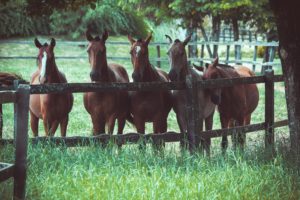
A turnout group refers to the buddies of the horse with which it feeds and associates on a regular basis. It is important that you maintain it consistently all the while. Changing a member or two is not advisable at all as it may confuse the horse to the extent of interfering with its feeding.
Moreover, fights, squabble and jostles also increase when new members arrive and are yet to ‘fit into the system.’ If you must change and introduce new buddies into the group, consider doing so intermittently to allow the horses to familiarize themselves fully.
CONCLUSION
With the seven tips we have looked into above, it is our firm belief now that you are appropriately equipped to do a good job overall. All you have to do now is to skim the list carefully to be able to know what each step entails and how likely you are to benefit from the same.
Enjoy the article? Subscribe to EntirelyPets to stay up to date on everything pet related!


